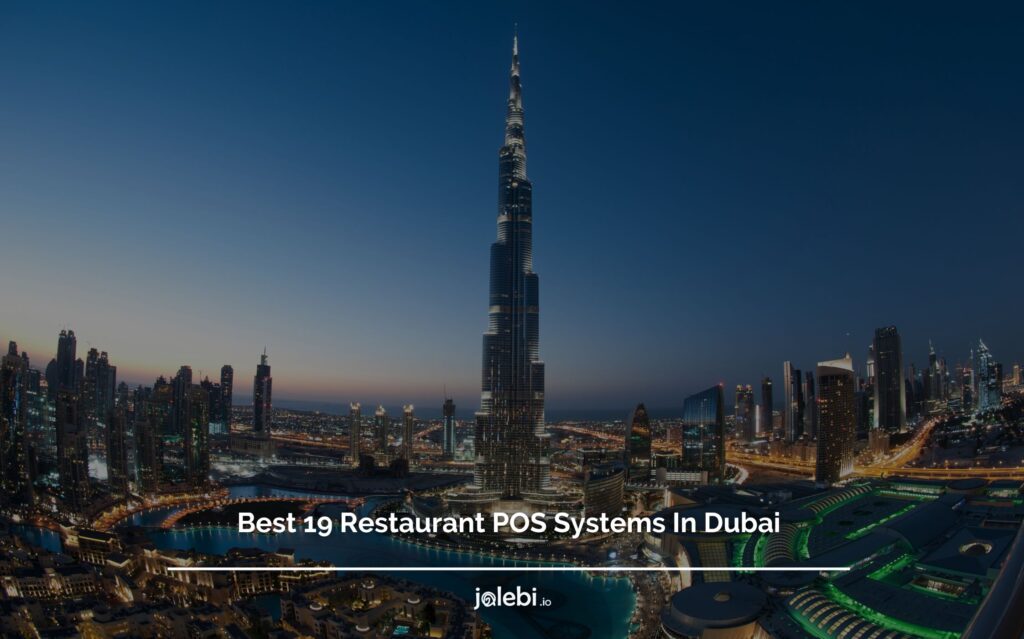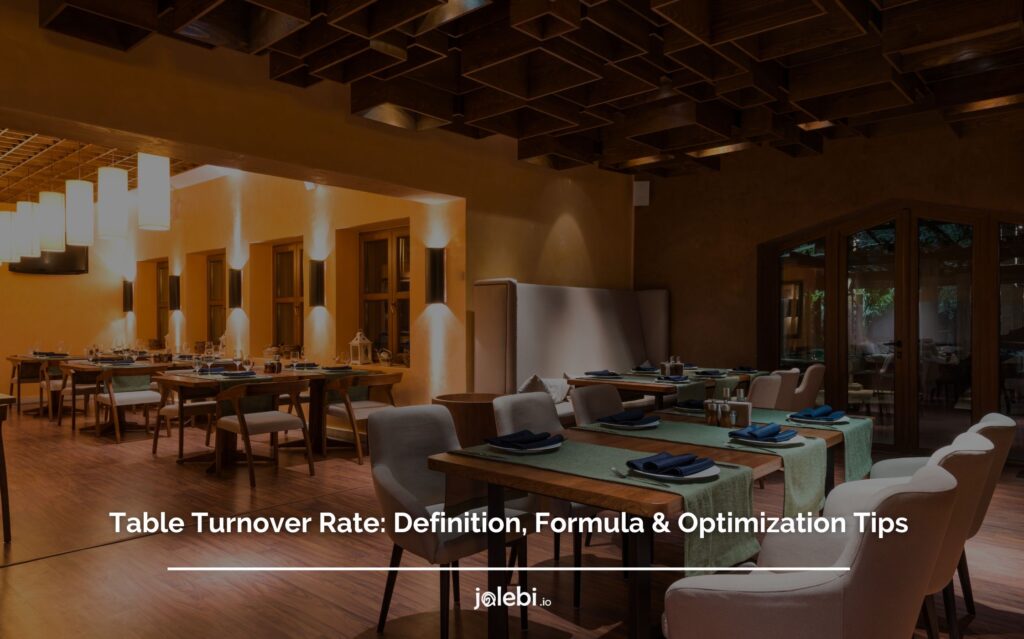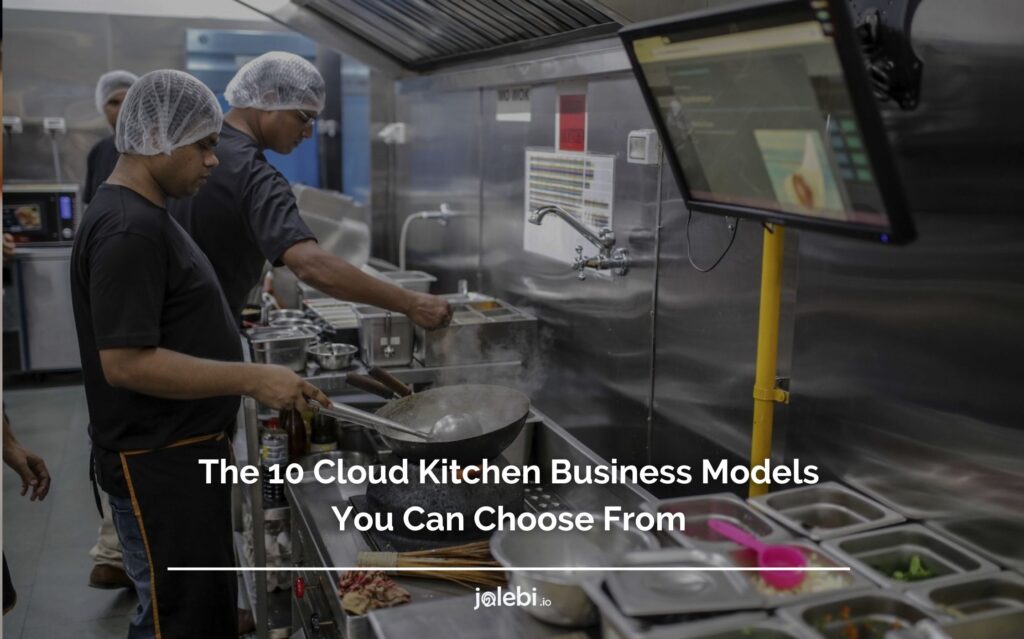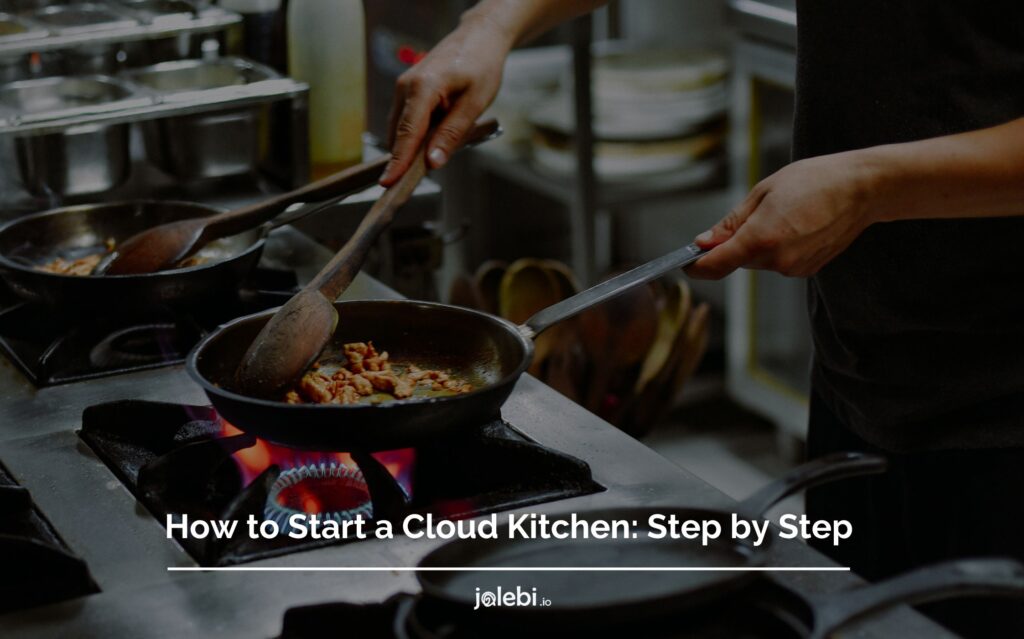Table of Contents
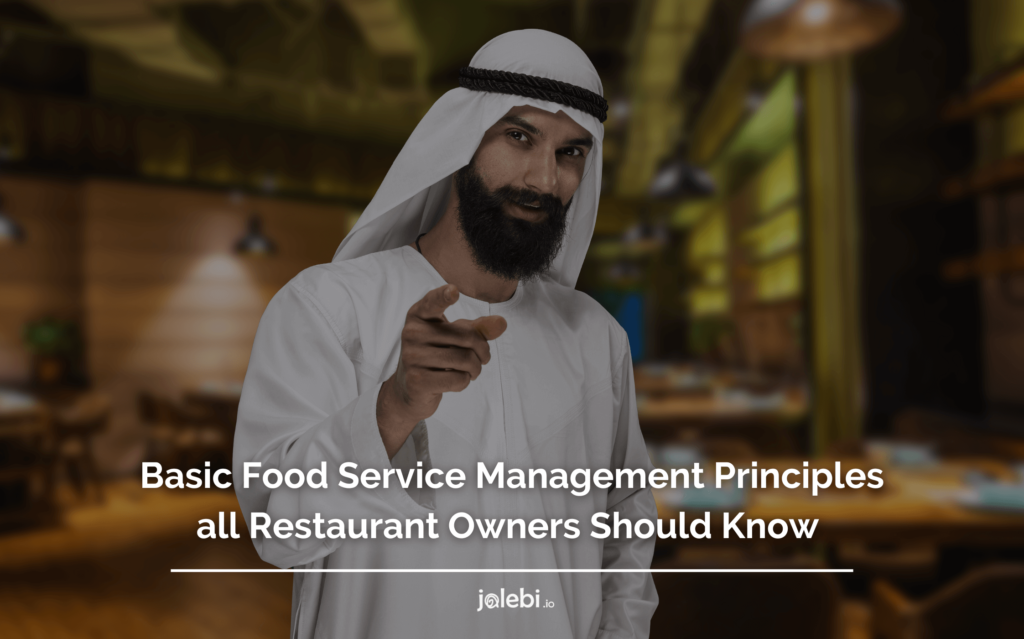
Running a restaurant is a complex task, and it can be difficult to stay on top of all the various aspects of the business.
From hiring and managing staff to marketing and pricing, it’s important to have a well-oiled machine in place to ensure success.
As a restaurant owner, it’s important to know how to run your food service in a way that meets the needs of your guests.
Whether you’re running a casual establishment or an upscale restaurant, following these six food service management principles will help ensure that your guests have a positive dining experience.
We’ll walk you through each one, and give you tips on how to put them into practice. Ready to take your restaurant operations to the next level?
Let’s get started with the basic food service management principles.
What is Restaurant Food Service Management?
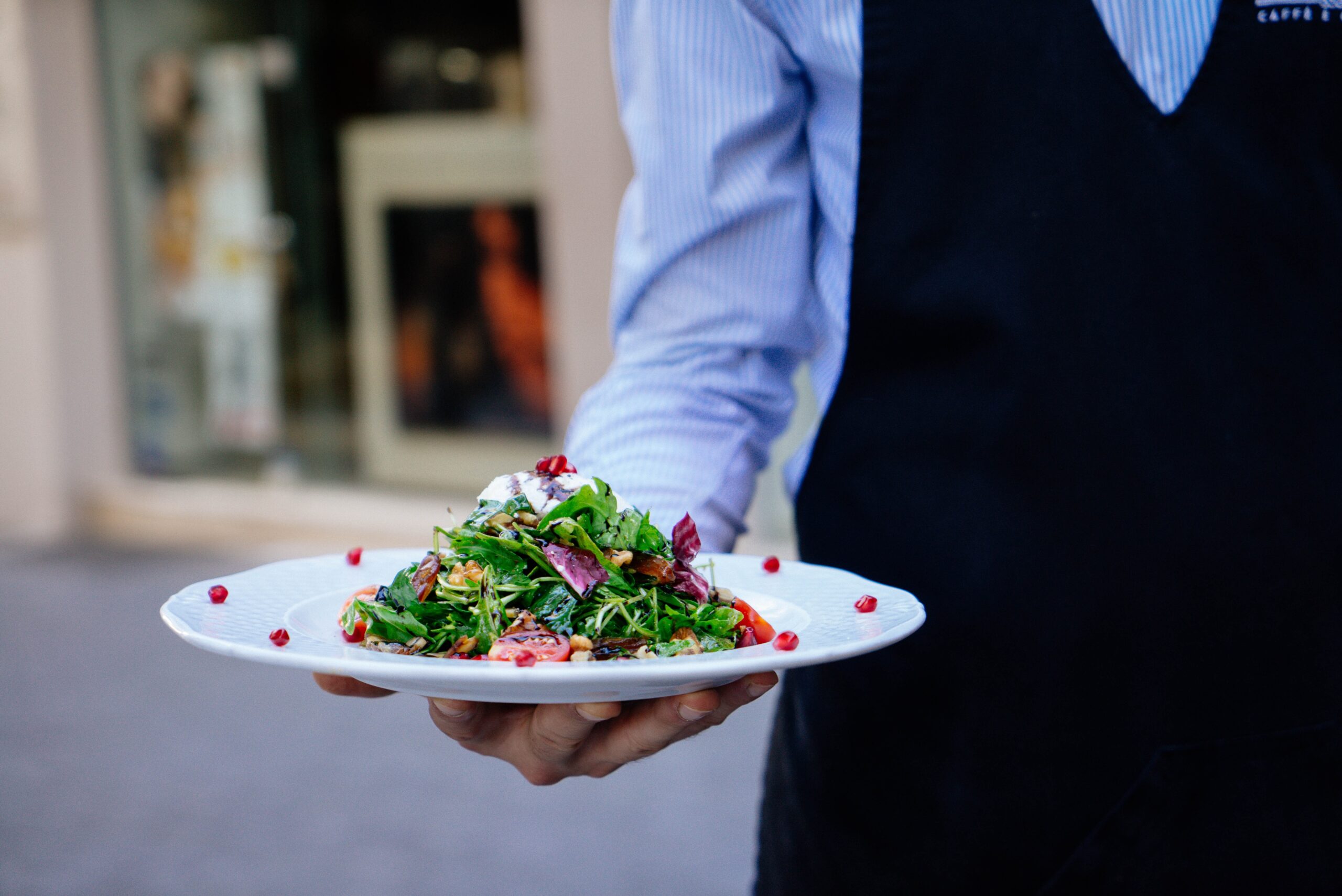
The restaurant food service management is a process that involves coordinating and controlling all of the activities that take place within a restaurant to provide excellent customer service.
This includes everything from food preparation and cooking to serving and cleaning up afterward.
Why is Food Service Management Important?
Food service management is an important aspect of running a successful restaurant.
It encompasses everything from food storage and preparation to customer service and satisfaction. A well-run food service operation can make the difference between a thriving business and one that struggles to stay afloat.
There are many benefits to having a good food service management system in place.
– Perhaps the most obvious is that it can help to improve the quality of the food that is served. By ensuring that all food is properly stored and prepared, you can help to avoid any potential health hazards that could occur. This, in turn, can help to build customer confidence and loyalty.
– Another benefit of effective restaurant service management is that it can help to increase efficiency and productivity levels. This can lead to reduced costs and improved profits. When customers are happy with the service they receive and the food they eat, they are more likely to return and recommend your restaurant to others.
If you are thinking of starting a restaurant or improving the one you already have, give some thought to investing in a good food management system. It could be the key to unlocking success.
Now that you are aware of the food service management importance, it is time to invest in an effective restaurant management system such as jalebi.io to streamline all your operations from scratch till the end.
What Is A Restaurant Management Guide?
A restaurant management guide is a comprehensive resource that offers practical advice, best practices, strategies, and tips for managing and operating a restaurant effectively.
It is designed to help both novice and seasoned restaurant owners, managers, and staff navigate the myriad of tasks involved in running a restaurant.
The guide typically covers a wide array of topics, including but not limited to:
1. Inventory Management
Efficient inventory management is critical to reducing waste and controlling costs in a restaurant.
The guide would offer strategies for tracking inventory accurately, from receiving deliveries to serving dishes.
It might provide tips on using inventory management software, conducting regular inventory counts, and setting par levels to prevent overstocking or understocking.
The guide would also likely cover how to negotiate with suppliers to get the best prices and ensure a reliable supply of ingredients.
2. Staffing and Training
The guide would delve into the entire staffing process, from writing effective job descriptions and conducting interviews to onboarding new hires.
It might offer tips on developing a strong company culture, providing ongoing training and development opportunities, and dealing with common staffing issues like turnover and absenteeism.
The guide would likely also cover labor laws and regulations, as well as best practices for scheduling staff to ensure adequate coverage during busy periods.
3. Marketing and Promotion
Effective marketing can help a restaurant attract new customers and encourage repeat business.
The guide would provide an overview of different marketing channels, such as social media, email newsletters, local advertising, and online reviews.
It might offer tips on developing a unique selling proposition, creating engaging content, and using promotions or loyalty programs to incentivize customers.
The guide could also cover how to manage online reputation, respond to reviews, and leverage user-generated content.
4. Financial Management
Financial management is crucial for a restaurant’s survival and growth.
The guide would explain how to develop a realistic budget, monitor income and expenses, and analyze financial reports to identify trends and areas for improvement.
It might provide tips on reducing costs, increasing sales, and managing cash flow effectively.
5. Health and Safety Regulations
Compliance with health and safety regulations is non-negotiable in the restaurant industry.
The guide would explain these regulations in detail, including food safety standards, cleanliness requirements, and guidelines for handling allergens.
It might provide tips on training staff in food handling procedures, maintaining equipment safely, and preparing for health inspections.
How To Manage Restaurants: Top Six Food Service Management Principles

As a food service manager, it’s important to understand the principles behind successful food management.
By following the tips on how to manage restaurants, you’ll be able to ensure that your restaurant runs smoothly and that your customers have a positive dining experience.
In this restaurant management guide, we will outline the top six food service management principles, and provide you with the right tips on how to manage restaurants.
Ready to take your restaurant’s services to the next level with restaurant remote monitoring? Read on!
1- Cost Control
As any food service manager knows, food cost control is a critical part of restaurant management.
Food costs can be controlled through a variety of methods, including proper purchasing, storage, and preparation.
By keeping a close eye on food costs, managers can ensure that their operation is running efficiently and profitably.
Managers should carefully consider the quality, quantity, and price of the items they purchase. They should also strive to develop relationships with vendors to get the best possible prices.
2- Quality Management
Serving high-quality food is paramount in the food service industry. This means using fresh, quality ingredients and preparing meals with care and attention to detail.
When it comes to using fresh, quality ingredients, there are a few things that you need to keep in mind.
– Make sure that all of the ingredients used are properly stored and handled before they arrive at your restaurant or catering facility.
– Be sure to use real foods when possible – instead of processed or frozen items. Third, take advantage of ethnic flavors and spices – they can add great taste accents without taking away from the authenticity of your cuisine.
– Finally, always strive for consistency – providing diners with an enjoyable dining experience is impossible if each dish tastes different from one another!
By integrating your restaurant’s menu with inventory through jalebi.io’s restaurant management system, you can keep track of inventory based on customer consumption and serve high-quality food to your customers consistently.
3- Excellent Customer Service
Making sure that customers have the best possible experience when they visit a food service establishment is a crucial part of a restaurant management guide.
This includes everything from providing friendly and attentive service to ensuring that orders are correct and served promptly.
Creating a positive customer experience can help to build loyalty and repeat business, so it is important to focus on giving every guest a great experience.
4- Maintaining Sanitation Standards
Maintaining cleanliness and hygiene standards is essential in the food service industry, both for the safety of customers and the reputation of the business. It is one of the most important parts of the restaurant management guide.
Foodborne illness is a serious concern in any restaurant or catering operation, and strict adherence to cleaning and sanitizing protocols is crucial in preventing contamination.
In addition to health concerns, customers will also be put off by a dirty or unorganized kitchen, which can damage the reputation of the business.
A good way to maintain cleanliness and hygiene standards is to develop a detailed cleaning schedule and make sure that all staff members are aware of it.
This schedule should cover all areas of the kitchen, including surfaces, utensils, equipment, and floors.
5- Menu planning
Creating a well-thought-out menu is an important part of a restaurant management guide as it can help attract customers and boost sales.
When creating a menu, there are several things to consider, such as the type of food you’ll be serving, your target audience, and what items will be most profitable.
It’s also important to make sure your menu is easy to read and understand, as this can impact how likely customers are to order from it.
Restauranters that partner with jalebi.io get the opportunity to keep a universal menu for their restaurants.
This is a great way to manage your restaurants because it cuts down on the need to constantly update your menus. Plus, it gives you the ability to reach a wider audience with your food offerings.
6– Inventory Management
Maintaining a careful inventory of stocks is essential for restaurant remote monitoring.
This means knowing what supplies are on hand at all times and keeping track of how much of each item is used. It also involves ordering new supplies as needed and keeping track of expiration dates.
Thorough inventory management helps to ensure that a restaurant has the supplies it needs to meet customer demand.
With jalebi.io’s inventory-first restaurant management system, keeping track of inventory in real-time becomes a breeze for restaurants.
This inventory-first system makes it easy for restaurateurs to know what they have on hand and where it is located at any given time.
It also allows them to order new supplies as needed, without having to worry about running out of ingredients or making costly mistakes due to insufficient stock levels.
How To Manage A Restaurant Kitchen?
Wondering how to manage a restaurant kitchen?
While it may not be a technical job, it surely requires several skills.
In this section, we will explore how to manage a restaurant kitchen with different managing a restaurant tips.
1- Scheduling For Your Staff
Managing a restaurant tip is to consider the scheduling for your staff.
If you want to keep your team engaged and motivated, it is important to create an effective staff schedule.
Once the hiring process has taken place, the next step is to ensure that you have enough time to prepare before your shifts start.
At the start of the day or the week, communicate the objectives i.e. the goals you would want them to achieve in the given time as well as the roles they would opt for.
Additionally, consider individual scheduling preferences and try to accommodate special occasions when adjustments are needed.
This approach will contribute to better employee retention and satisfaction.
2- Implementing the right technology
When it comes to how to improve a restaurant’s operations, implementing the right technology plays a huge role.
Just like every other product and service in the world, technology also plays a huge role in supporting kitchen management during busy hours.
The kitchen management tools include features such as online ordering platforms, restaurant apps, and Kitchen Display Systems (KDS) which are aligned with point-of-sale systems.
These digital tools efficiently replace conventional pen-and-paper methods, streamlining the ordering and preparation process.
Orders are automatically entered into the system for the kitchen and displayed for the kitchen staff to view.
It also helps prioritize orders based on how much time each would take in cooking and preparation.
This exemplifies how technology can bridge the communication gap between the kitchen and the front of the house, reducing the extra burden on the management team.
3- Maintaining cleanliness and hygiene
Wondering how to improve restaurant operations?
Well, one way is to ensure cleanliness and hygiene at the workstation.
Ensuring that your restaurant’s kitchen is clean and well-organized helps serve many purposes.
Not only does it prevent food contamination and ensure compliance with health regulations and guidelines, but it also helps to create a more efficient and pleasant working atmosphere for all those involved.
4- Make smart hiring decisions
Managing a restaurant tip is to make the right decisions when it comes to hiring.
Choose your hires wisely, as they are the backbone of your restaurant and kitchen operations.
For this, you can set criteria and even look beyond hard skills as restaurant management is a service industry where employees’ analytical and problem-solving skills go a long way.
Look for individuals who are genuinely interested in the industry, not just those looking for ways to make some easy money.
The hiring process should ideally be followed by training sessions that would familiarize the employees with the work responsibilities and culture, setting them up for success right from the start.
Partner With jalebi.io for Effective Restaurant Remote Monitoring
Are you wondering how to manage restaurants to ensure success? Are you looking for a way to manage your food service business with effective restaurant remote monitoring?
If so, consider partnering with jalebi.io. This all-in-one restaurant management system can help streamline your operations, from inventory management to order processing.
With jalebi.io’s restaurant remote monitoring system, you can manage your business more efficiently and effectively, freeing up time and resources to focus on other areas of your business.
It provides insightful analytics that can help you identify areas of improvement and make the necessary changes.
If you choose jalebi.io as your restaurant remote monitoring system, implementing basic food service principles would never be a hassle. jalebi.io is designed to make your life easier.
Contact us today to learn more about how we can help you take your food service business to the next level with our restaurant remote monitoring platform.
FAQs
What is quick service restaurant management?
Quick-service restaurant management refers to the process of overseeing and supervising the operations of quick-service restaurants.
This includes restaurants that offer fast and convenient food service, typically with a counter-based ordering system.
In quick-service restaurant management, managers have to take several aspects into account to make the functioning of the business smooth.
For this, it is important to pay close attention to factors such as customer experience, menu creation, food preparation time, and overall productivity of the restaurant.
Efficient quick-service restaurant management requires a strategic approach.
As a manager, you have to pre-plan and organize tasks to meet the growing needs of a fast-paced environment. It is also equally important to strike a balance between speed and quality so that the customer experience doesn’t get compromised.
To summarize, effective quick-service restaurant management is essential to the success of any quick-service restaurant.

